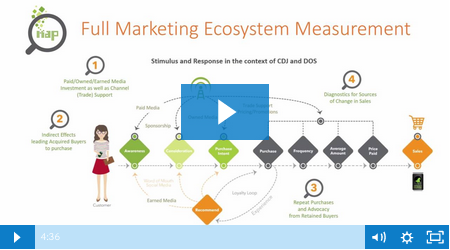What Makes Multi-Channel Conversion Modeling (MCM) More Impactful than MMM and MTA (Multi-Touch Attribution)?

Today’s marketing channels are evolving faster than ever with the increased capabilities of digital technologies. With this shift from traditional media that targets more passive consumers to the digitally powered environment of earned media where consumers are more active, it’s become more important for marketers to be able to analyze the success of their marketing activities quickly and precisely across all channels to understand how paid and earned media impact each other. Multi-Touch Conversion Modeling helps.
Among the various existing approaches to marketing analysis, Marketing Mix Modeling and Digital Attribution have become the standard approaches. However, with the changing marketing environment that needs to focus more on the Customer and the Customer Decision Journey to produce A-Ha Moments, some of the limitations of MMM and DA are becoming more apparent. A more detailed look at MMM and Digital Attribution helps us understand the need for and the impact of integrated Multi-Channel Conversion Modeling (MCM) as a valuable addition to your analytics discipline.
“We didn’t really want to set up an approach that was a unification of these two different models… What’s really, really important about what we’re doing from a spend attribution standpoint is this idea of bringing the customer into the picture.”
Marketing Mix Modeling
Traditionally, Marketing Mix Modeling analysis uses macro-level information in a top-down approach. What this means in practice is that MMM directly connects sales to marketing activities by analyzing data. From offline data sources for TV and print, MMM can take the aggregated historical data and deliver some organizational-level metrics focused on planning, performance and spending. There are, both internal and external factors, that are covered by MMM. These can include marketing data, pricing data, seasonality, market elasticity, and even news or seasonal events.
MMM evaluations are important to manage media spend, but are typically performed once or twice a year , at most. While they estimate the impact (contribution) that the marketing tactics you’re using have on sales and can help forecast the impact of any future tactics, they aren’t always timely enough in this new digital environment. And without accounting for both paid digital and earned digital they aren’t focused on the way customers now make decisions.
Digital Attribution
Digital Attribution is a bottom-up approach that is more customer-centric. Its main focus is to identify the actions or touchpoints that lead to a certain outcome. Digital Attribution then assigns a value to those actions. In other words, Digital Attribution analyzes which events drive conversions in a digital environment.
Unlike MMM, Digital Attribution provides faster insights which allow it to measure how impactful each individual marketing tactic is. To an extent, it allows marketers to respond to the changes in the market and optimize to them faster than they would’ve been able to with just MMM. However, with its emphasis on the digital environment, Digital Attribution has a blind spot. Even though marketing and marketing teams are now focused more on the online advertising and earned media that doesn’t mean that traditional media and other environmental factors have no impact on the digital spend. Understanding the nuances and getting insights from the entire customer decision journey is important to maximizing the impact of both spends to increase sales in the short term and the long term. Considering these factors, it becomes clear why the tendency of Digital Attribution to neglect offline activities in the analysis makes it a less-than-ideal solution.
Increased Capabilities of a Fully Integrated Model
As discussed MMM is a top down approach and DA is a bottom up approach. MCM is a more accurate and realistic approach that more closely represents how consumer now buy (which is not always linear). A fully integrated model using MCM means you can now leverage a middle-out approach — enhancing and extending a traditional analytic framework out to the customer to measure impacts directly. This is important because not all marketing is intended to impact sales immediately. Sometimes marketers want to try and influence potential customers at specific point in their journey not only to get them to purchase but also to purchase more often, or to refer more customers or to purchase at a higher price point. Any analysis should be able to measure both direct and indirect effects, both in the short-term and the long-term in all these KPI areas and more.
An approach that combines the best practices of MMM and Digital Attribution provides marketers with an integrated view of how their marketing activities impact customers at any stage of their decision journey. That makes it easier to optimize the marketing spend across multiple channels, tactics and KPIs.
Here at MAP, we’ve used our lifetime of experience in marketing data analytics to create a solution that provides the best of both worlds, giving you full control over your marketing analytics and results. Contact us through our website for a custom demo, or to learn if you qualify for a risk-free pilot.



Recent Comments